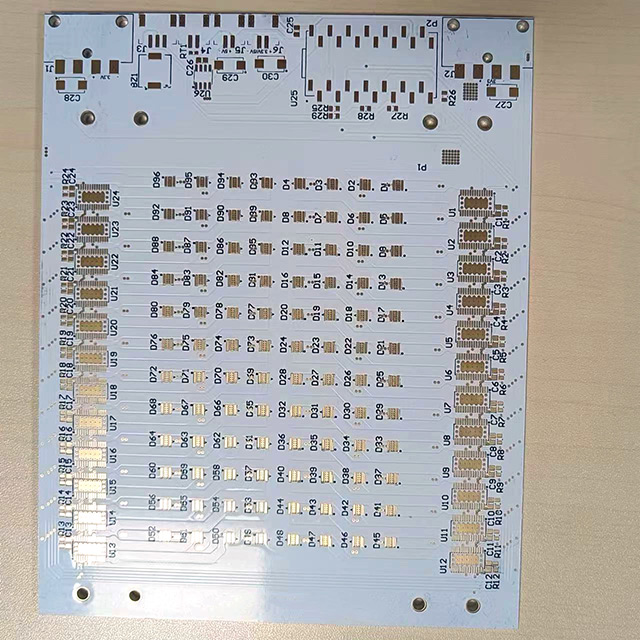_q12x_
DIY
Im asking this question to everyone but in particular to my friend here mister @marconi .
I am a professional artist but I am not an electronist like you guys here. That doesnt mean I dont know anything. I know something but I can't raise to some of your standards and knowledge. I'm happy (sometimes fun) to learn something new here and there.
- Recently, it was suggested to me to buy a frequency counter, because I got into some crystal oscillators I have in my stock and they have no markings anymore and the reason is a bit too long story. I already buy a cheap one from ebay, exactly this yellow version (not the red one)

but it is on the road. I have about 2-3 months (usually) to wait, until it arrives.
I also have a dinky DSO138 osciloscope that is trembling of Parkinson all the time. So you can imagine, I can't put my 100% trust in it all the time.
So, my first circuit for testing a crystal oscillator I find is this:
"Oscillator Circuit of The First Quartz Wrist Watch"

I had high hopes for this circuit. I used 10k for both Rc(c=collector) and 1k for both Re(e=emitor). And I used BC548 for both Tr.I used a known value of a Quartz of 20MHz. And I used 2V (VB=Voltage Battery). But the oscilloscope just showed me some very weird and random readings that I can not even put head to tail. I build this circuit on my breadboard, and that may had influence the results.
---So this circuit didn't work for me---. But I bet my as it must be a good one and I blame my DSO138 for being crappy.
And also not having (yet) a frequency counter.
- In short, this is more a curiosity for me. I hope it is for you as well.
- My request for you is to help me with the following:
- Because you are a better electronist, you must have better tools than I have. So, using your normal oscilloscope and your normal frequency counter, (I say normal, comparative to my ebay measuring tools), please make this very quick and simple circuit and measure it for me. And confirm to me with some images or a short video, that everything is working as I imagine and hope. It must be. The idea is to measure 20MHz on the "out" pin in respect to the ground (if you used the same values as I used). That's it. Also, feel free to change the resistors or the transistors. It must be GPT (general purpose transistors), but the resistors I used I just guessed their values. I didnt had the values from the page with the circuit. So I had to invent something. And those values are my best guess.
Thank you and hope to hear good news from you.
I am a professional artist but I am not an electronist like you guys here. That doesnt mean I dont know anything. I know something but I can't raise to some of your standards and knowledge. I'm happy (sometimes fun) to learn something new here and there.
- Recently, it was suggested to me to buy a frequency counter, because I got into some crystal oscillators I have in my stock and they have no markings anymore and the reason is a bit too long story. I already buy a cheap one from ebay, exactly this yellow version (not the red one)
but it is on the road. I have about 2-3 months (usually) to wait, until it arrives.
I also have a dinky DSO138 osciloscope that is trembling of Parkinson all the time. So you can imagine, I can't put my 100% trust in it all the time.
So, my first circuit for testing a crystal oscillator I find is this:
"Oscillator Circuit of The First Quartz Wrist Watch"
I had high hopes for this circuit. I used 10k for both Rc(c=collector) and 1k for both Re(e=emitor). And I used BC548 for both Tr.I used a known value of a Quartz of 20MHz. And I used 2V (VB=Voltage Battery). But the oscilloscope just showed me some very weird and random readings that I can not even put head to tail. I build this circuit on my breadboard, and that may had influence the results.
---So this circuit didn't work for me---. But I bet my as it must be a good one and I blame my DSO138 for being crappy.
And also not having (yet) a frequency counter.
- In short, this is more a curiosity for me. I hope it is for you as well.
- My request for you is to help me with the following:
- Because you are a better electronist, you must have better tools than I have. So, using your normal oscilloscope and your normal frequency counter, (I say normal, comparative to my ebay measuring tools), please make this very quick and simple circuit and measure it for me. And confirm to me with some images or a short video, that everything is working as I imagine and hope. It must be. The idea is to measure 20MHz on the "out" pin in respect to the ground (if you used the same values as I used). That's it. Also, feel free to change the resistors or the transistors. It must be GPT (general purpose transistors), but the resistors I used I just guessed their values. I didnt had the values from the page with the circuit. So I had to invent something. And those values are my best guess.
Thank you and hope to hear good news from you.



















